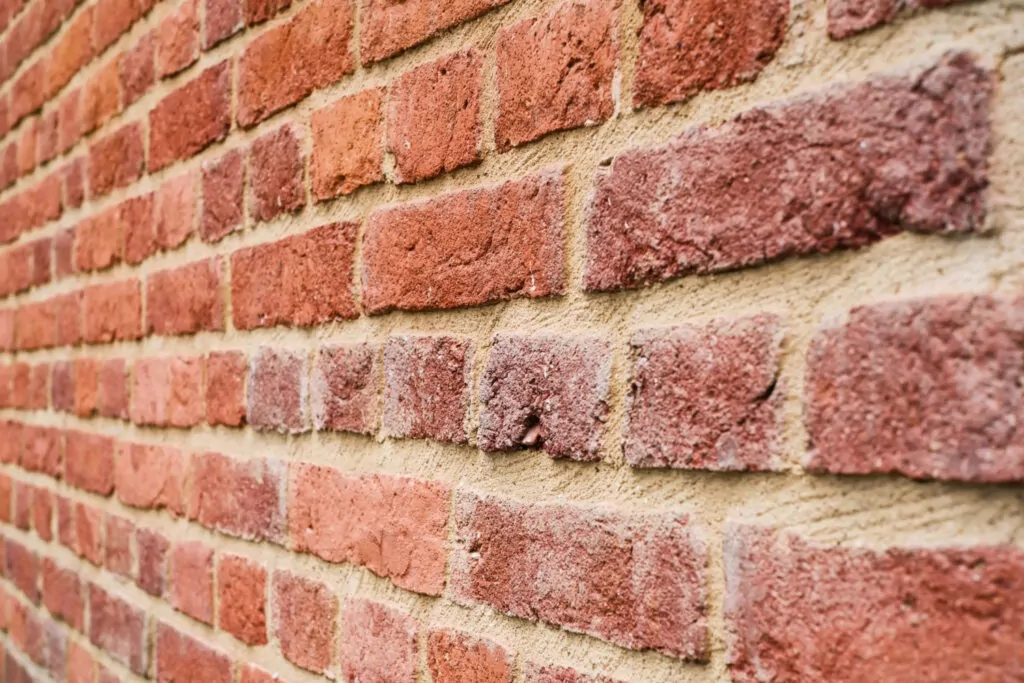Bricks inside a home shape texture, color, and purpose. Not every brick fits every wall. Some add charm without weight. Others give strength where it counts. Some feel smooth and modern. Others show age and detail.
Many people assume all bricks work the same way. That leads to poor choices. Each type offers a different look, cost, and level of support.
Every tip below points to a specific brick that works indoors. Some bring beauty. Others handle damp. Some save space. Each one earns its place on the list.
1. Go for Thin Bricks When You Want Style Without the Bulk
Thin bricks give you the look of real brick without the heavy structure. They are made by slicing full bricks into slim pieces. You get texture, warmth, and depth without load-bearing concerns. Perfect for apartments, remodels, or second floors.
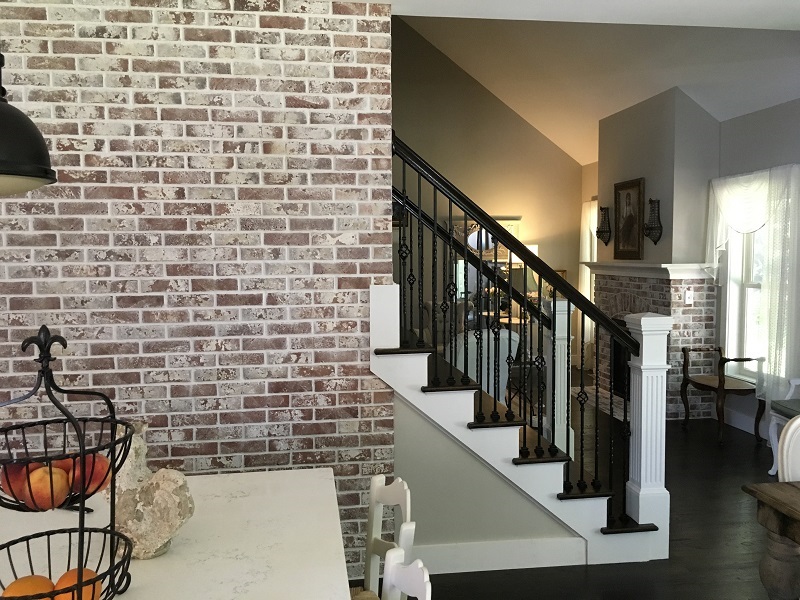
Where to Use Them Indoors
Use thin bricks in living rooms, hallways, kitchens, or bedrooms. They attach to drywall, cement board, or plaster.
No extra support needed. You can use them on curved walls or tight corners where full bricks never fit.
Just be sure to get the right product. If you are looking for a reliable manufacturer, visit this site.
How They Go On the Wall
Installation works like tile. You apply adhesive, place each piece, and fill the joints with mortar. Some types come in panels for quicker results. Once dry, seal the wall to stop dust and stains.
Style Ideas That Actually Work
Use deep reds for warmth or soft grays for a modern tone. Mix colors for a natural, worn look. Keep grout lines tight for clean style or wider for rustic walls.
Lighting makes a big difference—aim it right to show the texture.
2. Trust Clay Bricks if You Want Something Classic That Lasts
Clay bricks carry history. Fired at high heat, they last for decades without fading, chipping, or breaking down. They bring a natural, grounded look into any room. You can leave them raw or finish them smooth.
They work well in homes with warm tones, wood accents, or mixed textures. Clay blends with vintage furniture, but it also balances out steel, glass, or polished floors.
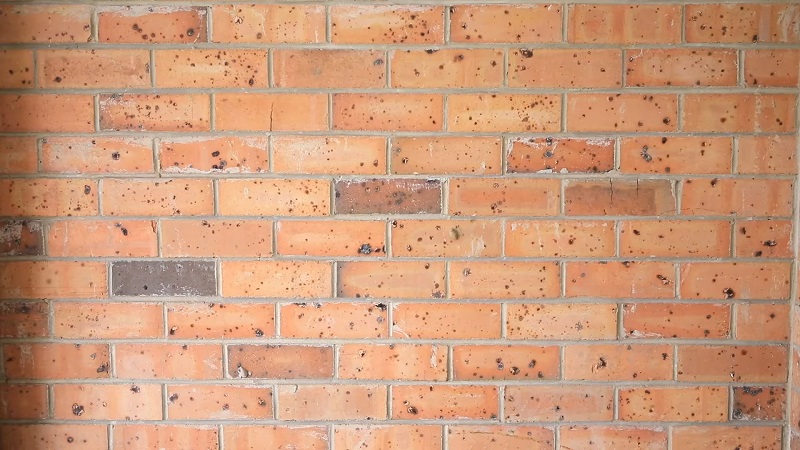
Where Clay Bricks Fit Best
Interior walls that see wear or need impact resistance benefit from clay. Use them around fireplaces, stairways, and behind seating. They also suit entry halls and reading corners. Once sealed, they hold up against dust, heat, and scuff marks.
Paint is optional. Some homeowners use limewash to soften the color without hiding the surface. Others go for clear sealers that lock in the natural tones.
Design Tips
- Use off-white mortar for a brighter wall
- Stick with warm bulbs to enhance texture
- Combine clay with wood for depth
- Leave a few chipped edges exposed to add charm
Pros and Cons of Clay Bricks Indoors
| Pros | Cons |
| Long lifespan | Heavier than other indoor options |
| Holds color without fading | Can cost more than concrete |
| Fire and impact resistant | Needs solid structural backing |
| Works with both modern and classic styles | Some surfaces may need sealing |
| Helps balance indoor temperatures | Limited size variation |
3. Pick Concrete Bricks When Clean Lines Matter Most
Concrete bricks offer a smoother finish than clay and keep a uniform color across every piece. They bring a modern, sleek edge to interiors that focus on clean structure and straight lines. Their sharp form works best in minimalist rooms, lofts, and spaces with metal, glass, or exposed beams.
They also perform well in rooms where sound matters. Due to their density, concrete bricks reduce echo and help create calm, focused areas. Offices, media rooms, and creative workspaces benefit from that.
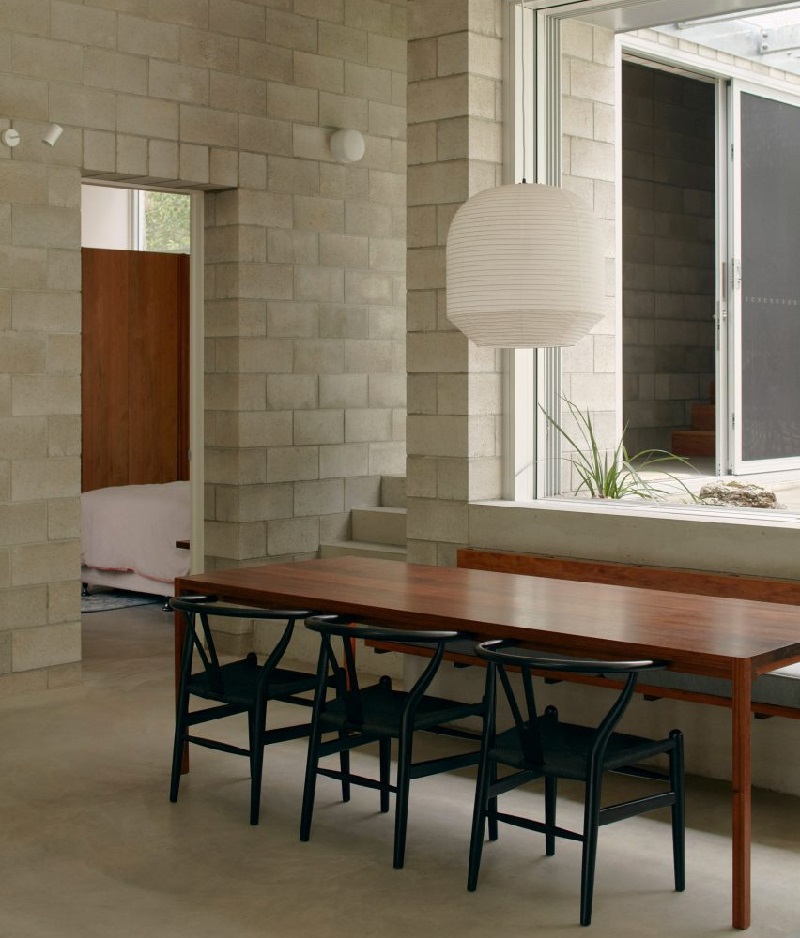
Where Concrete Bricks Shine
Use concrete bricks on wide, flat walls where even spacing and clean lines stand out. They work in both painted and raw formats. Some homeowners use them behind wall-mounted TVs or shelving units for contrast.
Design Tips to Make It Work
- Pair with matte black or chrome fixtures
- Use cool-toned lighting to enhance the gray
- Keep grout lines narrow for a crisp layout
- Paint the wall white to soften the texture if needed
Pros and Cons of Concrete Bricks Indoors
| Pros | Cons |
| Clean, modern appearance | Heavier than clay or thin bricks |
| Consistent color and shape | Can feel cold without soft decor |
| Strong sound insulation | Limited texture options |
| Low maintenance surface | May require sealing to avoid dust |
4. Use Fly Ash Bricks When You Want Strength Without Waste
Fly ash bricks offer solid strength without adding weight to the wall. Made by mixing industrial waste with cement, they hold up under pressure, resist heat, and stay low on water absorption. They perform well in interior walls that need structure but not bulk.
Their finish feels smooth and flat, which makes them perfect if the wall will be plastered or painted. They also hold shape better than some low-cost brick types and avoid surface cracks over time.
Where Fly Ash Bricks Fit Best
These bricks work best for inner walls that do not need exposure. Use them for partitions, side rooms, closets, or anywhere you plan to cover the surface later. Many new builds use fly ash to cut down waste without losing strength.
Tips That Improve the Finish
- Always use primer before painting
- Combine with soft flooring to cut sharp echoes
- Avoid wide joints—keep the pattern tight
Pros and Cons of Fly Ash Bricks Indoors
| Pros | Cons |
| Strong and durable | Not for feature or exposed walls |
| Low water intake | Needs skilled installation |
| Smooth surface for plaster | No natural texture or color |
| Handles fire and pests well | Flat finish needs extra design work |
5, Choose Calcium Silicate Bricks When You Want Sharp Lines and Smooth Finish
Calcium silicate bricks stay consistent in size, shape, and color. Made with lime and sand, they form under pressure and steam. That gives each brick a crisp edge and a flat face. Perfect when you want clean lines, even joints, and a polished look indoors.
They also hold paint well and need less plaster than rougher bricks. If the goal is precision over texture, this type delivers. They create walls that look modern without feeling cold.
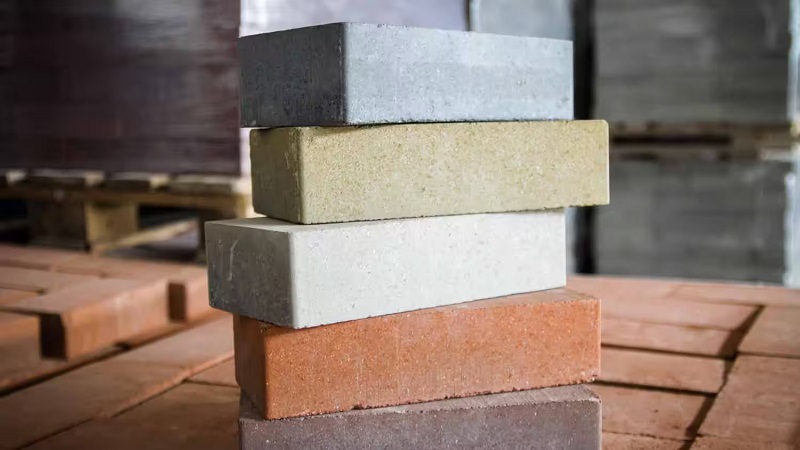
Best Spots to Use Them
These bricks work well in hallways, stair walls, or built-in shelving areas. Any space where symmetry matters or where the wall becomes part of the design.
Tips to Keep the Look Clean
- Paint with neutral shades to enhance shape
- Use recessed lighting to control shadows
- Match with metal or polished wood for balance
6. Use Engineering Bricks Where Moisture Is a Problem
Engineering bricks are made for strength and resistance. Type A offers the highest water resistance, perfect for areas that face damp, spills, or pressure. They also resist heat and chemicals. That makes them perfect for indoor spots that need more than looks.
The surface is dense and hard. That helps block out moisture and keep walls clean. They are not usually left exposed but they hold structure better than most other types.
View this post on Instagram
Where to Put Them Indoors
Best used in basements, utility areas, laundry walls, or behind heavy kitchen fixtures. Use when you need a wall to stay dry, stable, and safe over time.
Practical Tips That Work
- Use full waterproof sealants if exposed
- Paint with moisture-resistant coating
- Combine with tile for split-wall designs
Pros and Cons of Engineering Bricks
| Pros | Cons |
| Top-level water resistance | Not meant for visual appeal |
| High strength and durability | Heavier and harder to cut |
| Resists heat, pressure, and stains | Costs more than standard bricks |
| Long-term wall stability | Tough to drill or modify later |
Use engineering bricks when the wall must perform.
7. Pick Reclaimed Bricks If You Want Age, Texture, and Story
Reclaimed bricks come from old buildings, salvaged piece by piece. They show chips, marks, stains, and color shifts. That gives them real texture and depth. No two pieces look the same. Perfect when you want a wall with personality.
Each reclaimed brick adds age to the space. They work best in rooms with wood, stone, or antique metal. They turn plain walls into focal points without effort.
Where to Use Reclaimed Bricks
They shine in living rooms, kitchens, lofts, or any place where you want warmth. Use as a feature wall, backsplash, or even around a fireplace. Each piece adds history.
Tips for Best Results
- Clean each brick before use
- Use soft mortar for that aged look
- Mix colors for natural patterns
Pros and Cons of Reclaimed Bricks
| Pros | Cons |
| Unique character in every piece | Can be hard to source in bulk |
| Works well in rustic interiors | May need cleaning or shaping |
| Adds warmth and charm | Structural strength can vary |
| Eco-conscious reuse | May hold dust or old paint |
Final Thoughts
Not all bricks serve the same purpose indoors. Some add texture. Others offer strength. Some save space. Others bring in light, shadow, or a sense of age. The key is knowing what the wall needs before picking the type.
Thin bricks suit feature walls. Clay bricks add warmth and stay reliable. Concrete keeps things sharp. Fly ash builds strong frames without waste. Calcium silicate works when you want a clean finish. Engineering bricks handle water and stress. Reclaimed bricks give the wall life.
Each one earns its place for a reason. Focus on purpose first, then on look.

